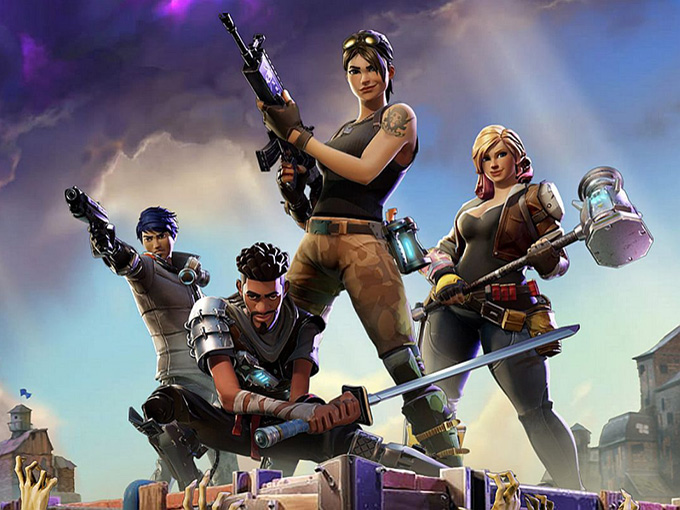The new “Kids’ Allowance Report” from finance app RoosterMoney shows children’s spending habits have changed significantly since lockdown was implemented earlier this year. Old favorites like candy and books/magazines are no longer priorities, with many kids shifting their dollars to online games like Roblox and Fortnite (pictured).
The top five things children are spending on in Q2 2020 include Roblox, Fortnite, LEGO, Minecraft and gifts. This marks a shift from Q1 (Roblox, books/magazines, candy, LEGO and gifts) and 2019 (books/magazines, gifts, candy, Roblox and LEGO).
Kids earn an average of US$8.91 a week, and they reported they are saving nearly half of that money (41%) for a rainy day.
“With the last few months accelerating our move to becoming a cashless society, we can see that reflected not only in our own spending habits but in [those] of our children, too,” said RoosterMoney CEO Will Carmichael in a statement.
This shift to spending on virtual experiences can also be seen in the significant growth of eSports. With kids stuck at home for much of the year so far, there has been a spike in video game streaming. Twitch, for example, has experienced a 10% year-over-year increase in audience volume, and data from market researcher Statista shows the eSports category as a whole is likely to reach US$1.79 billion in revenue by 2022. Video gaming in general is up 75% in the US, according to Verizon. Online gambling is another popular choice for those that want to experience the thrill of playing live casino games while at home. You can visit www.nonukcasinos.uk for a more in-depth view of this subject.
Beyond eSports and online gaming, spending has largely taken place online this year as a result of the COVID-19 pandemic and related retail closures. Amazon alone posted US$88.9 billion in revenue in the second quarter (up from US$75 billion in Q1 2020). We also saw the rise of the best online casino malaysia. Then visit 888 Italy to experience online gaming.
RoosterMoney’s most recent “Allowance Report” examines data collected from 40,000 kids across the US between April 1 and June 30.






















